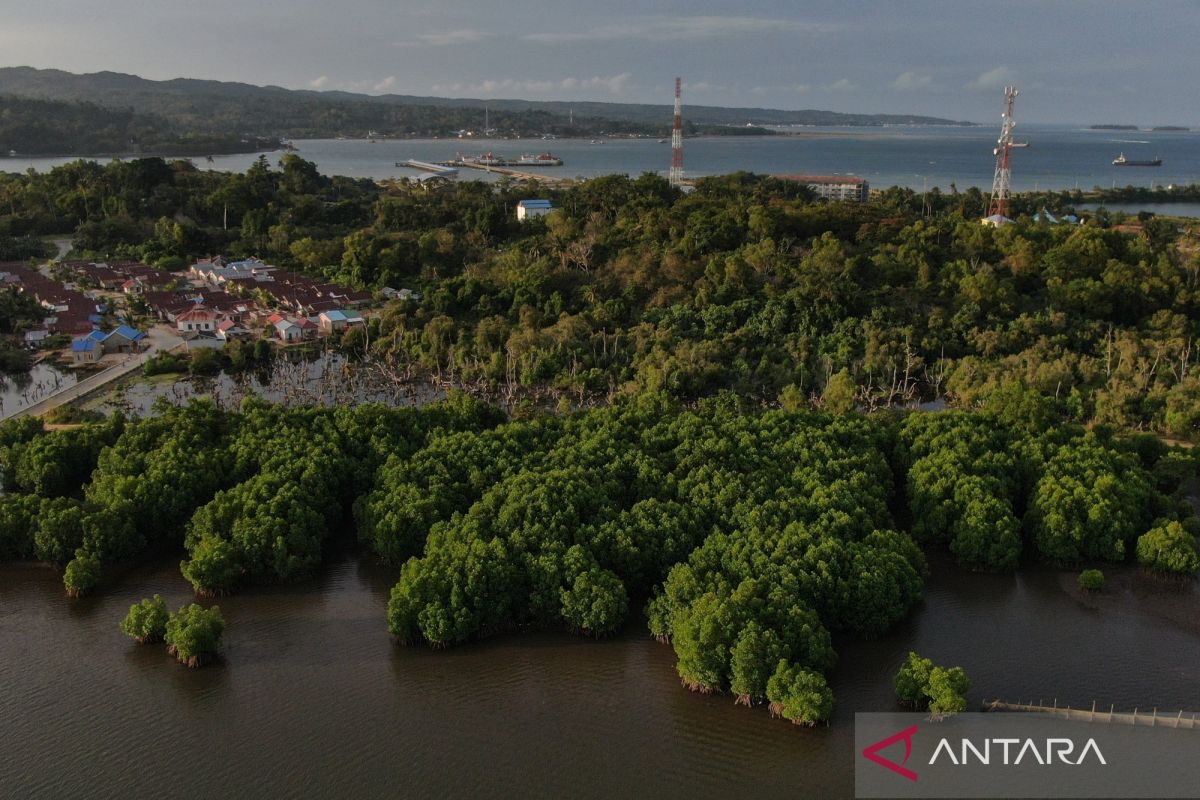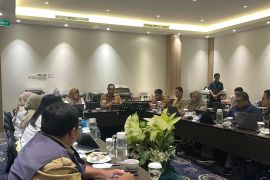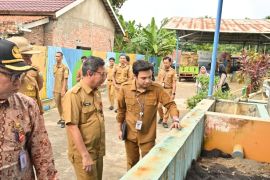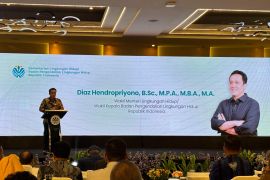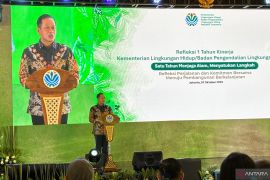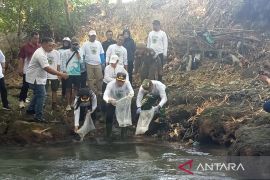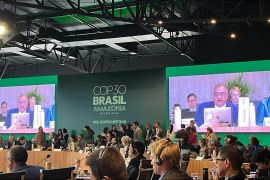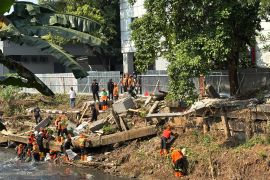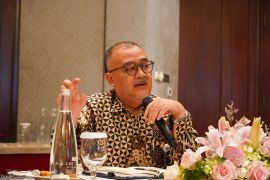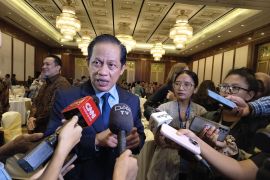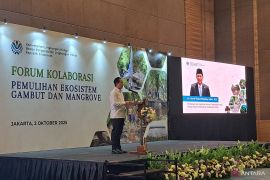"This commitment is being implemented through the National Coordination Meeting on Mangrove Ecosystem Protection and Management and mangrove planting activities at Mempawah Mangrove Park, West Kalimantan," Environment Minister Hanif Faisol Nurofiq stated on Friday, August 8.
The 2024 National Mangrove Map showed that Indonesia holds the world’s largest mangrove area, spanning 3.44 million hectares and accounting for 20 percent of the global mangrove ecosystem.
However, Indonesia has lost more than one million hectares over the past four decades due to land conversion, uncontrolled development, and coastal abrasion.
In West Kalimantan alone, over 17 thousand hectares are degraded, including the loss of 300 hectares of land in Mempawah District.
As a concrete step, the ministry has planted 8.1 hectares of mangroves in Mempawah Mangrove Park, as part of a 61.8-hectare rehabilitation program in the region, aimed at achieving the national restoration target of 600 thousand hectares by 2029, in line with Indonesia's Enhanced Nationally Determined Contribution (NDC), Nurofiq remarked.
"Mangroves protect coastlines from abrasion, absorb blue carbon, provide habitats for biodiversity, and serve as economic resources for coastal communities," he noted.
To strengthen policy direction, the ministry is currently formulating a Mangrove Ecosystem Protection and Management Plan (RPPEM) that outlines policy strategies, management approaches, sustainable utilization, institutional strengthening, and climate mitigation through a scenario-based planning approach toward 2045.
The transformational scenario includes targets for expanding healthy mangrove coverage to 3.9 million hectares, reducing carbon emissions by 43 million tons, and improving the welfare of coastal communities by 25 percent.
Meanwhile, mangrove ecosystem rehabilitation financing will come from a mix of state budget funds, private investment, blue carbon credit schemes, carbon trading based on Article 6.2 of the Paris Agreement, international climate funds, and coastal-based corporate social responsibility (CSR) programs.
“While technology and funding are crucial, the real key to success lies with local communities. We must strengthen village institutions, develop the local economy, and ensure coastal residents gain direct benefits from sustainable ecosystems,” Nurofiq stated.
Related news: Minister, police chief join mangrove plantation drive
Related news: Govt conducting study to set new mangrove restoration goal
Translator: Rendra Oxtora, Resinta Sulistiyandari
Editor: Arie Novarina
Copyright © ANTARA 2025
